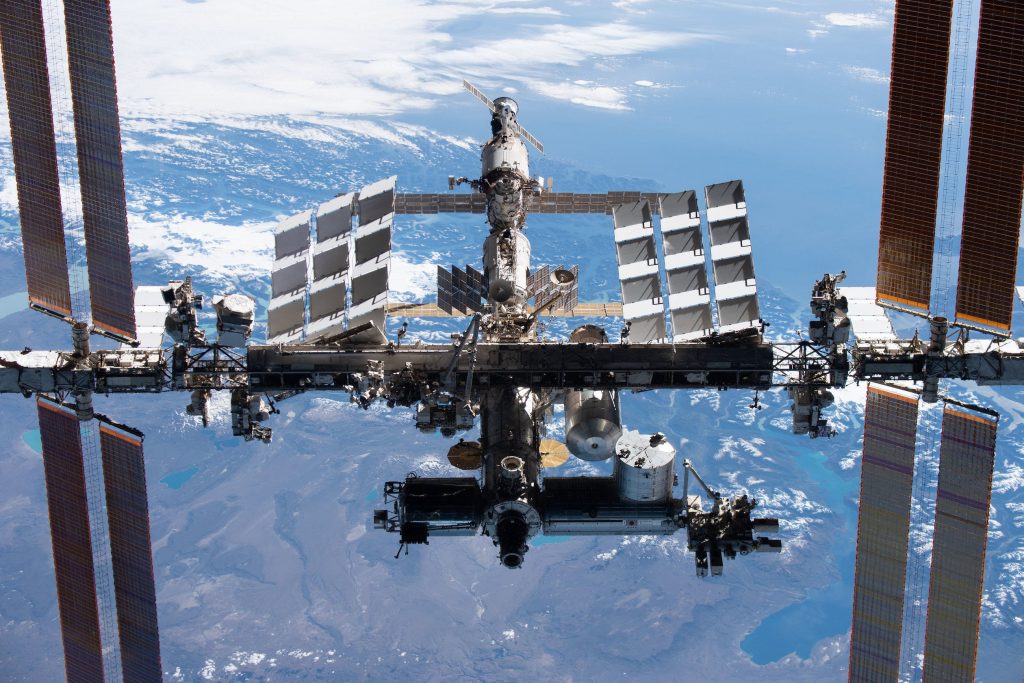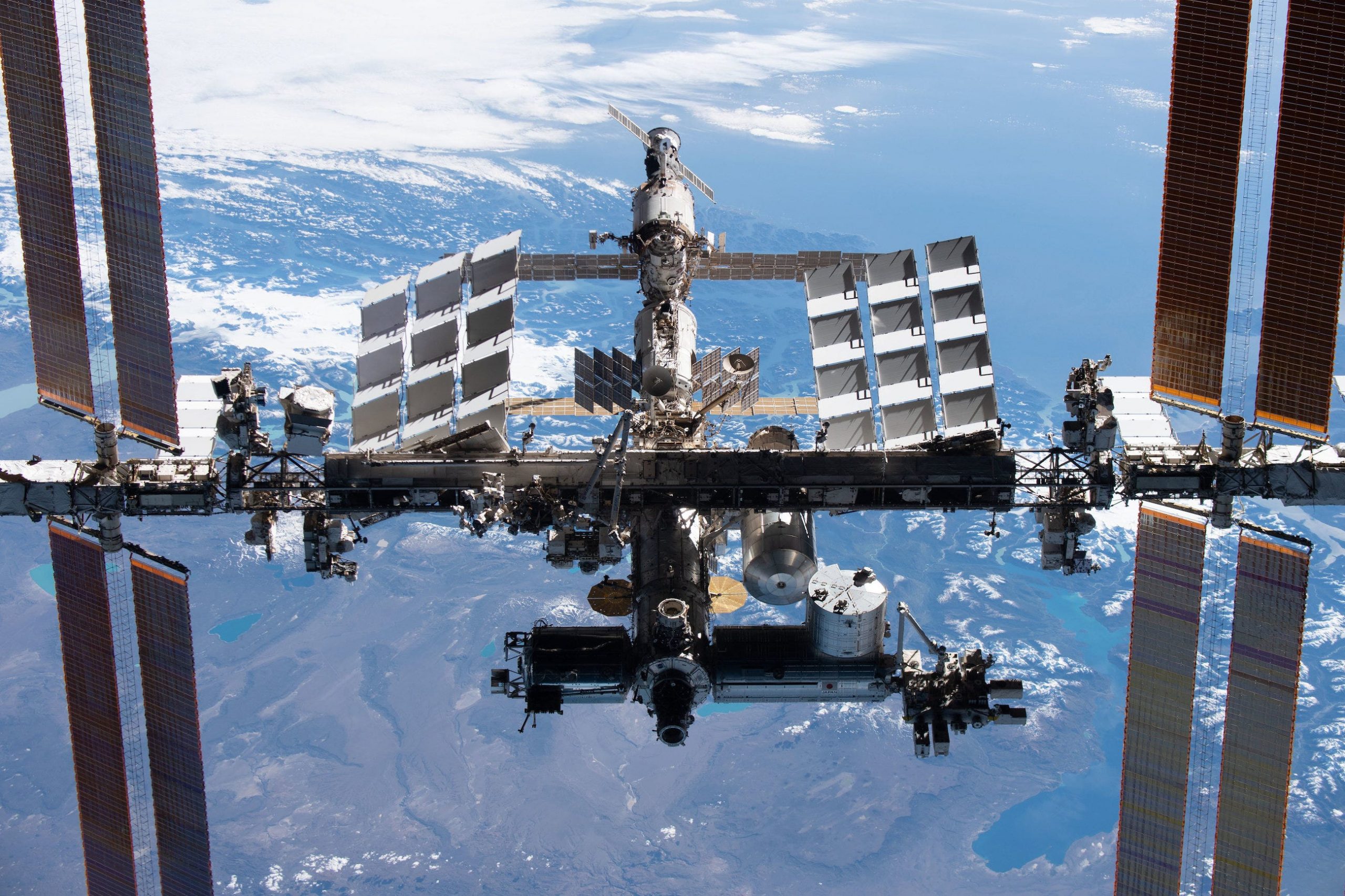
- Russia maneuvered the International Space Station away from a chunk of a US rocket from the '90s.
- Satellite and rocket debris orbiting Earth regularly threatens to collide with or puncture the ISS.
- Russia blew up a satellite recently, sending debris into space. NASA is a also a major space junk culprit.
The International Space Station (ISS) changed course Friday to avoid a possible collision with a piece of an old Pegasus rocket.
A chunk of that old rocket, which broke apart two years after the United States launched it into Earth's orbit in 1994, was on track to pass close to the ISS Friday morning. NASA and Russia's space agency, Roscosmos, monitored the chunk throughout Monday, eventually deciding they needed to move the space station.
About two hours before the debris was set to pass the ISS, at 2:58 a.m. ET, Roscosmos fired the engines of its Progress cargo spacecraft, which was docked to the ISS, pushing the orbiting laboratory closer to Earth. The two-and-a-half-minute engine burn lowered the space station's altitude by 310 meters — about 1,000 feet — setting it on a new path, safely out of reach of the rocket chunk.
Because predicting the path of debris in Earth's orbit isn't exact, mission controllers routinely move the ISS when objects are expected to pass close by. Friday marked the second time the ISS had to change course in order to avoid debris this year, including once last month, when Russia swerved the station away from a piece of junk. In 2020, the orbiting laboratory had to dodge debris on three occasions.
During its two decades orbiting Earth, the ISS has moved to avoid space junk at least 30 times.
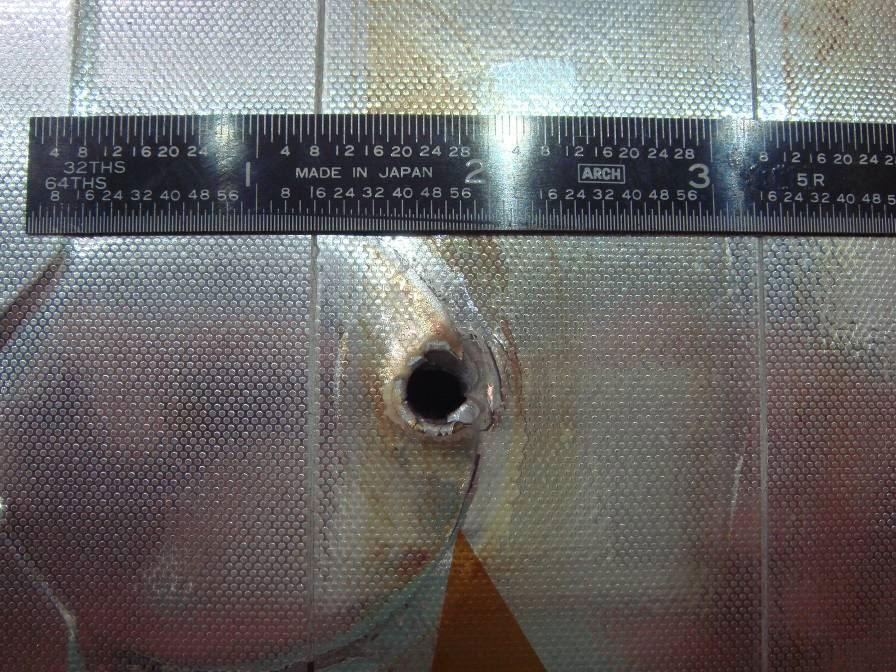
NASA and Roscosmos have good reason to be cautious. Bits of space junk orbit the planet at about 10 times the speed of a bullet, so a small piece of metal striking the ISS could puncture a hole in it — which has happened on several occasions.
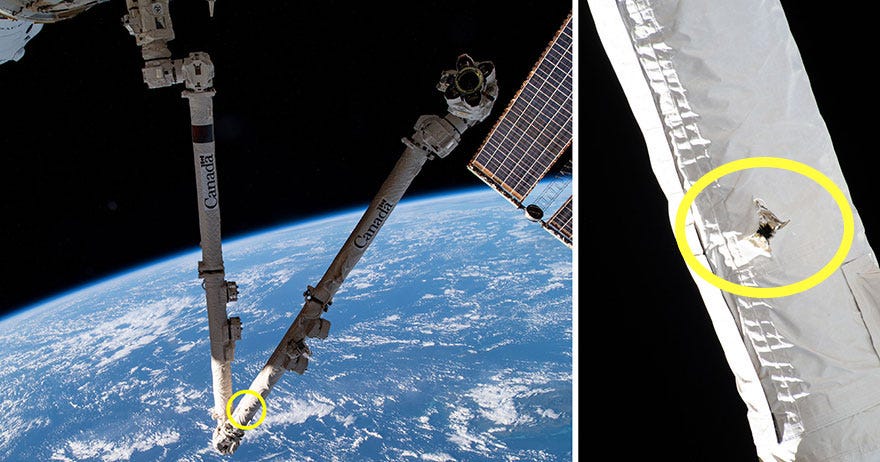
A hit by a 10-centimeter sphere of aluminum would be akin to detonating 15 pounds of TNT, according to NASA. Even paint flecks orbiting Earth have damaged spacecraft windows.
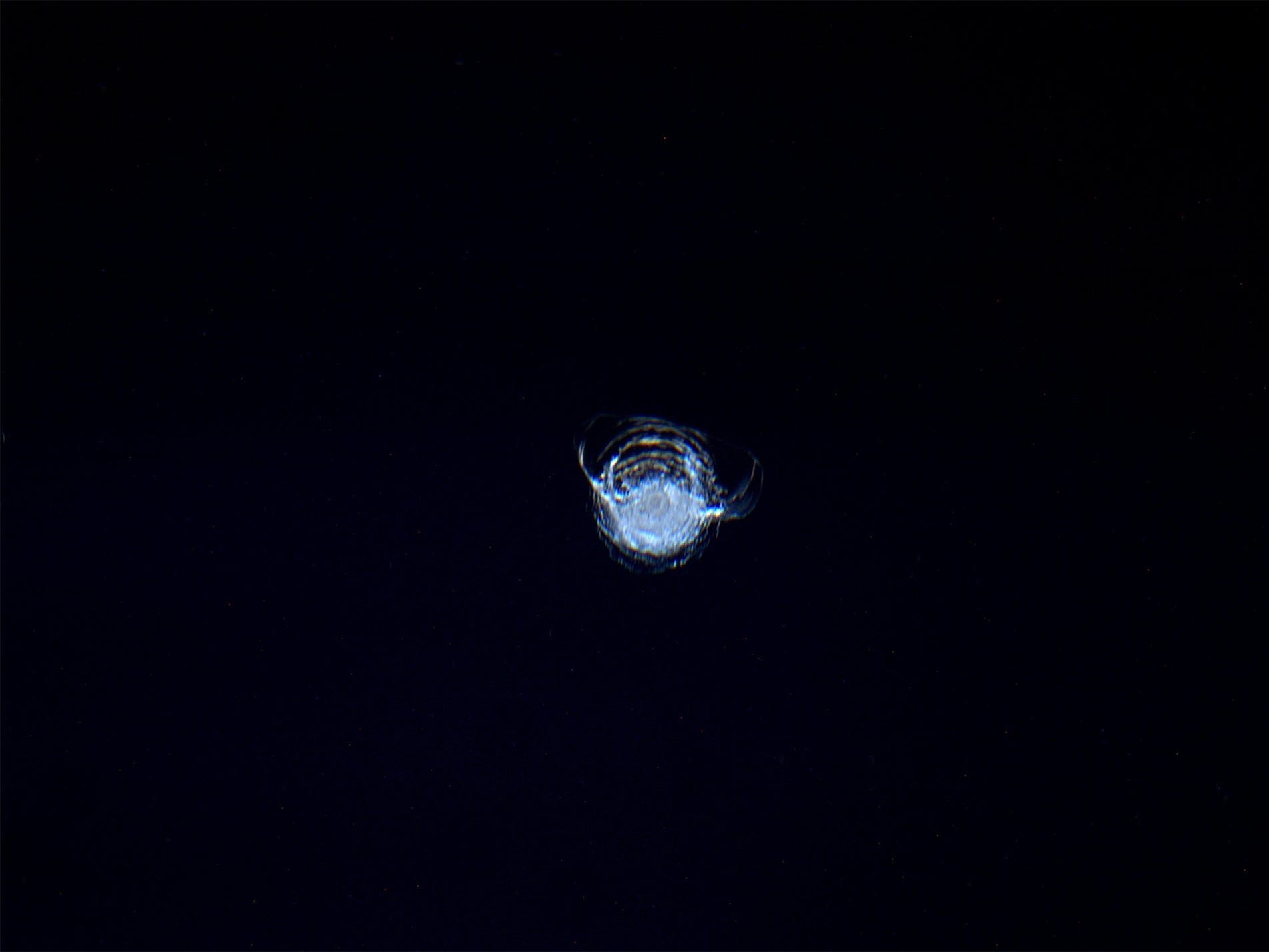
Space junk is a regular part of life in Earth's orbit, and the problem gets worse each year as old satellites and rocket bodies fall apart, crash into each other, or get blown up in anti-satellite missile tests. Each of these events can generate thousands of bits of debris.
Every major space-faring nation has contributed to the problem, either by leaving old spacecraft in orbit or launching missiles at satellites.
It's been a junky month in space
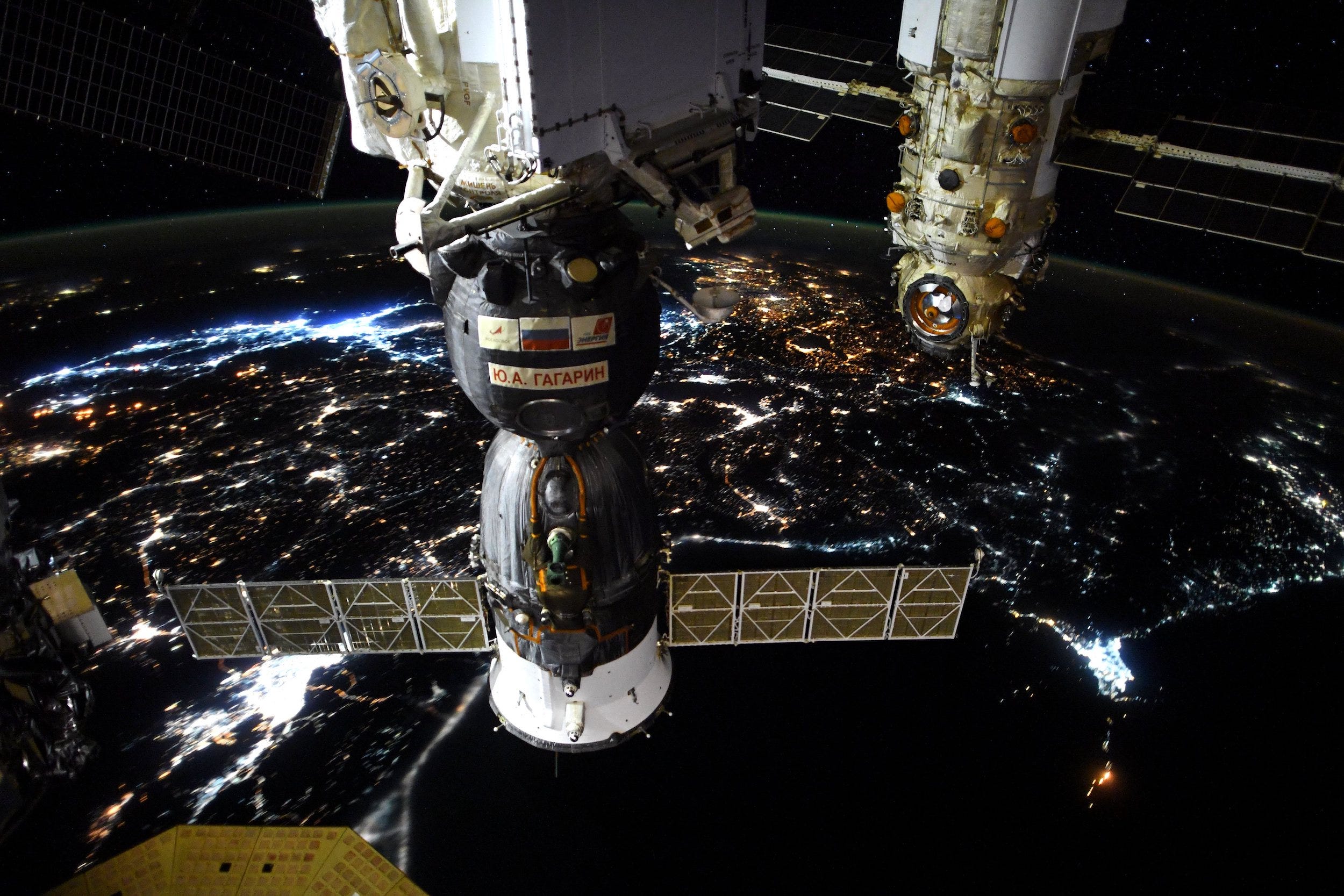
Friday's maneuver isn't uncommon — it's not even the first space-junk scare this week.
On Tuesday, NASA postponed a spacewalk after detecting debris that would pass near the ISS while two astronauts were supposed to be outside replacing a broken antenna system. Without time to assess the risk, NASA rescheduled the spacewalk, later determining the passing space junk wouldn't have posed a danger to the astronauts.
Two weeks ago, on November 15, Russia blew up one of its old satellites with a missile, doubling the amount of debris orbiting Earth near the ISS, according to a NASA official. NASA said it had no indication that Tuesday's debris came from Russia's explosion, but didn't rule out the possibility.
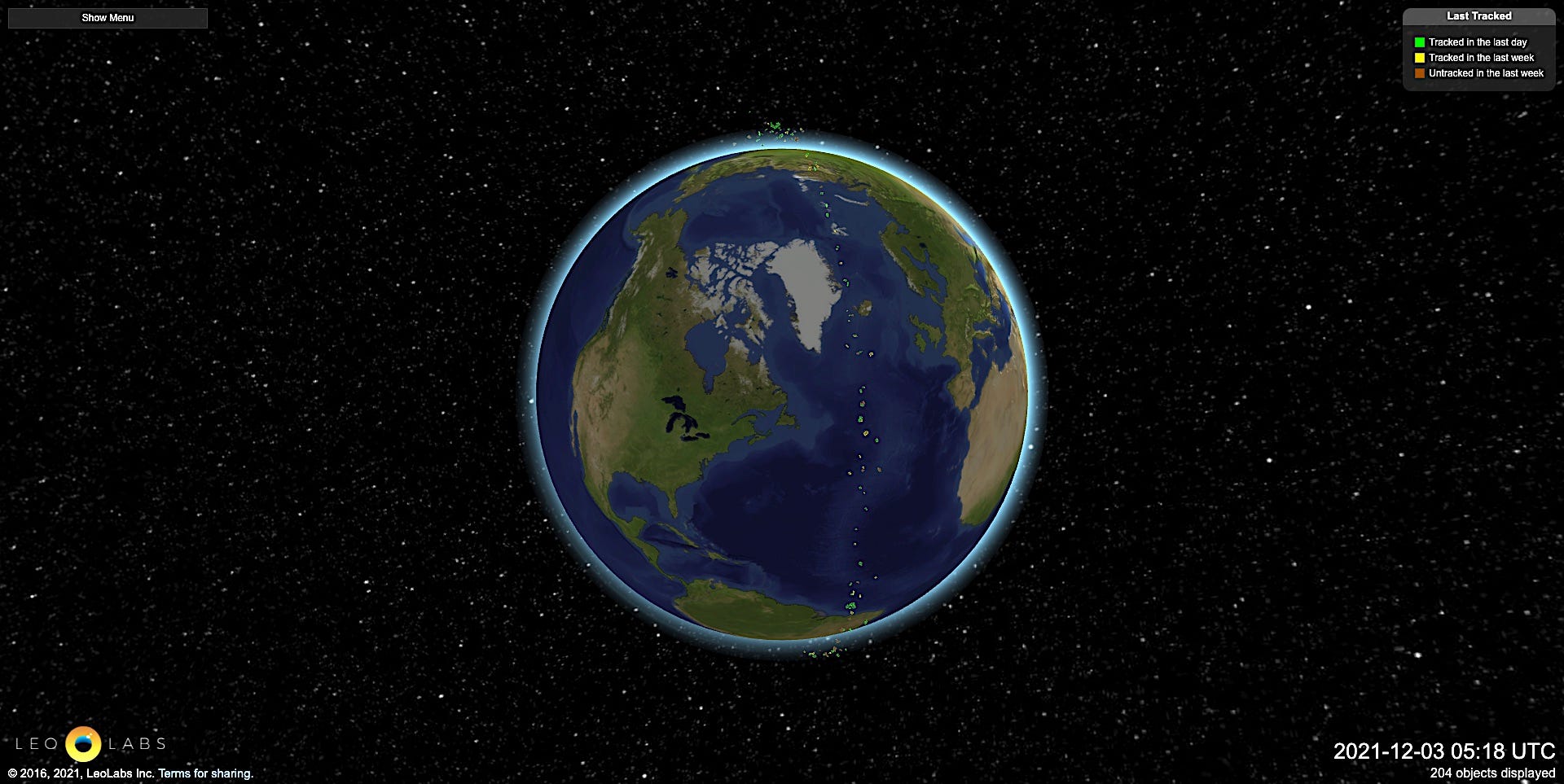
Space junk is also a problem for private companies. This week, Elon Musk said SpaceX changed the orbit of some of its Starlink satellites in order to avoid debris.
NASA isn't cleaning up its old space junk
NASA Administrator Bill Nelson criticized Russia for its missile test on November 15, calling it "irresponsible," "reckless," and "dangerous."
But the US has created thousands of bits of space debris orbiting Earth — including the rocket chunk that menaced the ISS on Friday and debris from a 2008 missile strike that destroyed an aging reconnaissance satellite. Other notable space junk offenders include India and China, which have each blown up satellites in space.
Meanwhile, US rocket parts and dead satellites from the '90s continue to orbit Earth. A January report from the NASA Office of the Inspector General found NASA's effort to stopping adding debris to Earth's orbit was "not sufficient" to prevent cascading collisions in space. The agency's effort has focused on making sure new rockets and satellites burn up in Earth's orbit once they're no longer useable, rather than careening uncontrollably around Earth.
NASA must also focus on cleaning up existing space junk, the OIG said. And according to the report, the agency has made "little or no progress" on developing technology to remove debris from orbit.
By leaving old rockets and defunct satellites in orbit, the OIG said, NASA is contributing to the problem.
"Protecting the expanding space environment is critical," the report concluded. "The services billions of people rely on daily such as weather forecasting, telecommunications, and global positioning systems require a stable space environment."

